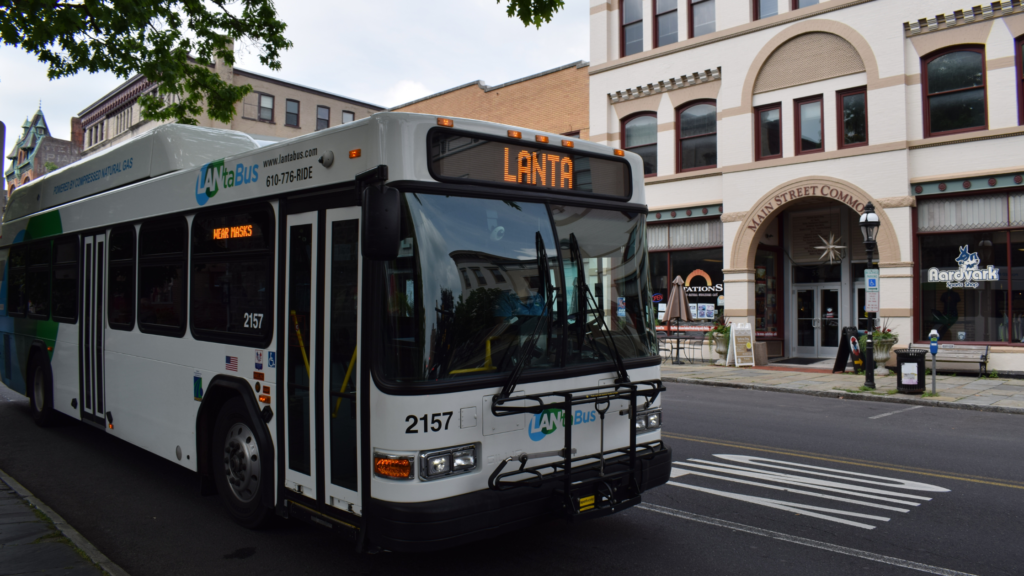If you are lucky enough, you might be able to see some form of public transportation in your daily commute. Buses, trains, and subways all have something in common – they are underappreciated and undervalued. You might ask how, but it’s quite simple. Public transportation is seen as the second fiddle to regular commuting in motor vehicles. As a result, its potential is unmasked by those who have not seen the bigger picture yet and how it can impact the world we live in now. With public transportation’s greatest challenge, World Resources Institute states global ridership has declined after the coronavirus pandemic by 80% as there is a growing concern of the public choosing private vehicles greatly over public transport in a post-COVID world. For this reason, it is more important now than ever to recognize the benefits of public transportation.
According to former Los Angeles mayor Eric Garcetti in the World Economic Forum, public transportation is more than just a way to move people around – it is a vehicle for opportunity, equity, and a better quality of life. Today, public transportation in the United States has endured the ramifications of the coronavirus pandemic as the World Economic Forum reports 1/3 of people have stopped using public transportation services. However, Pew Research Center data shows that Americans who are lower income, Hispanic or Black, immigrants, or under the age of 50 are most likely to use public transportation daily.
Stephanie Wiggins, CEO of Los Angeles’ Metropolitan Transportation Authority, states the pandemic has made the invisible visible by acknowledging whom they are serving and how they can better support their riders, according to Wired. In addition, Wired reports the American Public Transportation Authority has found white men had the opportunity to stop using transit during the pandemic versus people of color, women, and those who spoke Spanish. In the findings from the Economic Policy Institute, POC constituted 50% of most essential workers in food and agriculture and 53% of commercial, industrial, and residential facilities and services. Without these essential workers, the country would have not been able to operate without the sacrifices of those who needed to get to work as ridership in some cities came from low-income and minority neighborhoods who continued to use public transportation throughout the pandemic as PBS notes.
Furthermore, the pandemic affected public transportation tremendously with the misconceptions of how the virus was spreading, but for individuals such as POC who relied on its services – it was the opportunity to continue surviving in an economy that disproportionately impacts them. So, what can we do now? It is time to see the benefits of public transportation as it benefits everyone.
Bloomberg reports public transportation compared to automobiles will help reduce air pollution and help reduce traffic congestion. Additionally, CDC reports for every passenger mile traveled, public transportation results in only a fraction of the pollution to private vehicles and only 5% of carbon monoxide.
By utilizing public transportation systems, CDC states accessibility to any location for individuals who are unable to drive such as those with disabilities or older adults, will help create an inclusive environment for all. In addition, the usage of public transportation will also provide opportunities for those to perform more physical activities which will result in Americans meeting the health recommendations by the CDC and lead to less obesity and other chronic health conditions. To help improve the world we live in – we must first take the step to change our perception of public transportation and spread the word of what a single public transit commute ride can do in our communities and beyond.
Interested in taking the first step to changing the world? Find the best route for your commute on our Transit App and watch this tutorial below on how to use it:







